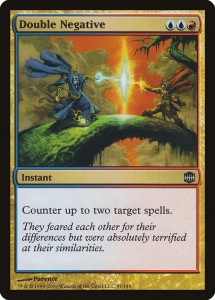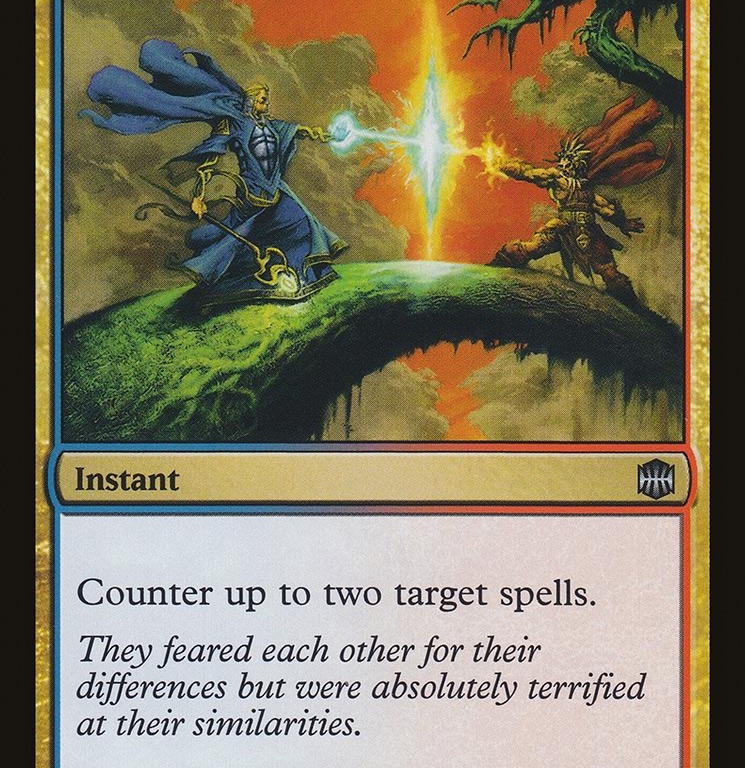
This blog actually started with an unstated goal of taking some negative observations and using them to come up with positive means of change, rather than harping on the problems. It’s all too easy to see something and complain about it. That is part of human nature to a certain degree. It’s cathartic to commiserate with other people about something you don’t think is going the way it should be. This is often evident in judge discussions, where someone will bring up what they feel is a major problem, then a bunch of people will jump in with their version of how that bad thing goes down.
Rather than only doing this (because, really, complaining has some merit on its own sometimes), I’m going to give some advice on the steps to take to correct an issue, rather than just lament it.
Step 1: Identify the Problem
In order to address a concern or issue you must first be able to define it clearly. That first step sounds simple, but it often is more complex than you may think. For example, a common “complaint” I see involves the difficulties of getting from L1 to L2. The problem, as explained by multiple different judges (to me personally as well as in the forums), is generally considered to be a difficulty in getting competitive REL event experience. That problem is not exactly simple. It isn’t just “there aren’t enough events,” but rather, a complicated mix of difficulty getting L1s on staff at competitive REL (for good reason, since they aren’t tested on competitive REL policy), a lack of relevant experience from those same L1s (the catch-22), and even sometimes that dearth of events in the first place.
Breaking this down, we can see that there is more to it than simply “difficulty getting experience.” So just with a quick analysis of this problem, we can see that it is actually more complex and nuanced than just “It’s hard to get experience.” Sadly, step 1 is where the vast majority of people fail. They either don’t fully think about the problem itself, or they stop after they have some partial idea of what the problem is, and don’t push further to explore solutions.
Step 2: Formulate a Plan
Once you know exactly what all the parts of the problem are, you must begin constructing a plan to address that problem (or problems). I’m going to continue to use the L1 to L2 gap as my example, but please understand it is just that, one example. You may face very different realities about how the problem manifests in your area, and the solutions offered here may not be applicable. Knowing that your area may have inexperienced L1s (inexperience with competitive REL events, not experience all around, though both may be true), that there are few competitive REL events in your area, and/or that L1s rarely get on staff for the competitive REL events that do occur, gives you the ability to plan around these issues. There are a few valid approaches I can envision from this (and many, many more have been suggested by other judges in forum posts about this exact concern).
A great start would be to maybe get those L1s together either in person or in a social media group so they may begin studying policy. Most areas will also have an L2 or L3 who will be happy to assist with this, so going and asking is a great start. This will help with the knowledge gap. Having more knowledgeable L1s working with a higher level judge who may be able to guide and observe will also allow that individual to make meaningful recommendations for event staffing when competitive REL events do come up.
Speaking with local TOs about their own plans for events upcoming is another great plan. Get out there and see what the stores think about running competitive events. Maybe they hadn’t considered it, maybe they have other reasons they don’t want to, who knows? Maybe they simply need someone to come in and point out how such an event may drive customers to their store. Showing a TO the value of your work as well as what types of events that work can offer is part of the job of an L2, so getting started doing that as L1 only makes sense. Asking and opening lines of communication can only help you here.
Step 3: Begin Execution
Note that I say “begin” here. If you intend to show someone else why you believe a problem exists, you don’t need to personally solve that problem on your own. If you have a solid foundation as described above, your plea for why something is an issue will find much more receptive ears than if you simply cry foul with no work in place. SHOW what the problem is, then demonstrate how you intend to correct it. It’s far too easy to sit back and blame “leadership” for not “getting it,” all while you have done nothing to show them what your issue is and how you could realistically work to improve the situation.
Step 4: Reflection and Iteration
I hate to break it to you, but all of that work you just did, it likely didn’t fix your issue. The best you can often hope for is to lay a solid foundation from which to keep picking away at that problem. This step, therefore, is the most important one of all. Step back, take a day or 3, and think about what you have done, how it has worked, and what didn’t work. Then, rework your plan with the new knowledge you have acquired. Use that to refocus on the problem, and get going again. No one said this was going to be easy. Change rarely is, and anything worth doing is going to take some effort.
Conclusions
I don’t mean to come here and tell you all to stop complaining. Complaining has its uses. What I do hope you take away from this is the mindset that once you’ve unloaded a bit, you can make strides to correct the situation you are unhappy with. It’s much easier to get someone to acknowledge that something needs to change if you’ve already identified the issue, clearly laid out why it’s an issue, and proposed some means to change it. Even better if you’ve already begun actions towards that change. It’s overused a bit, especially in the judge program, but be the change you want to see. Don’t wait for others to “fix it” for you.

